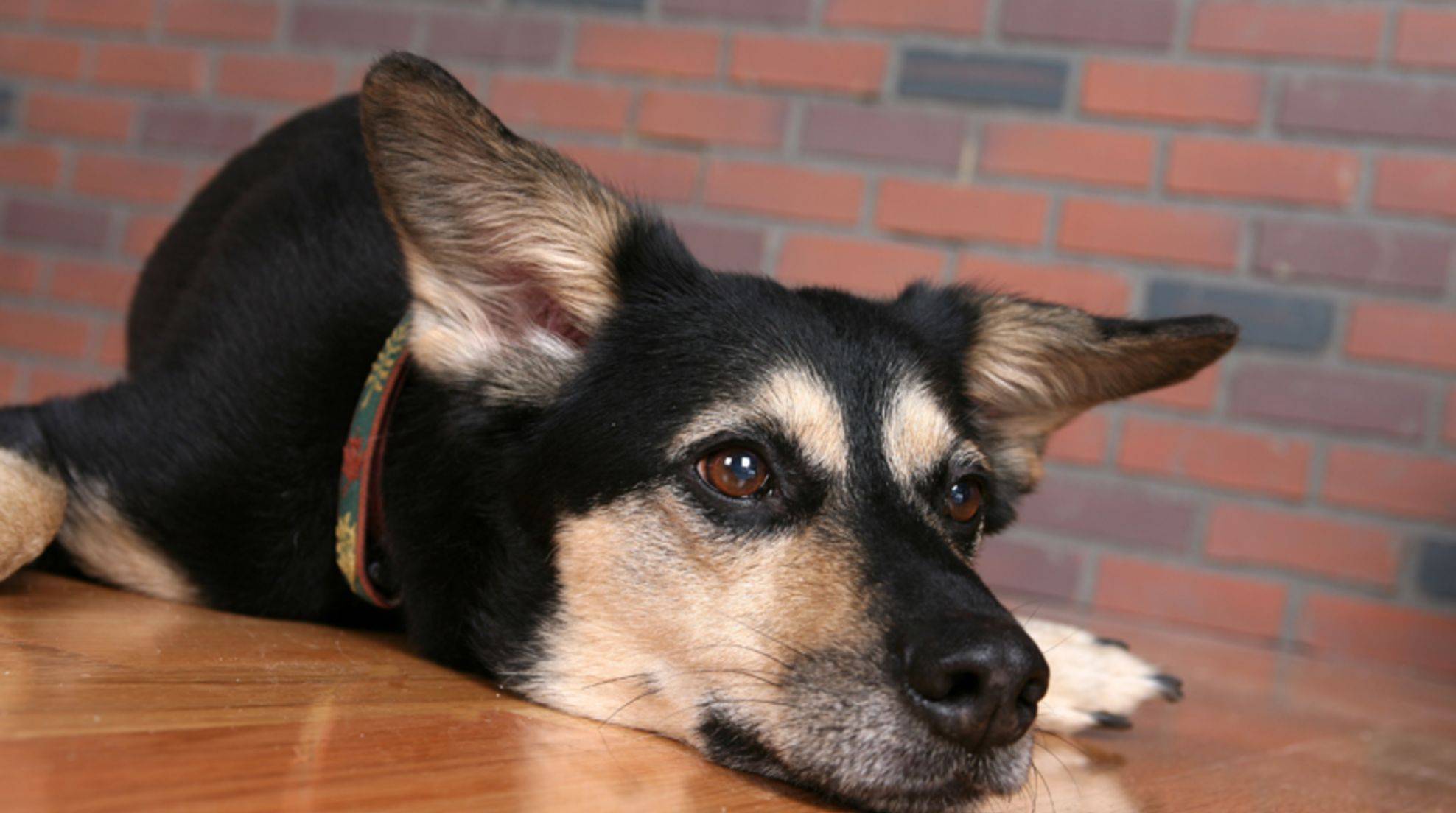
Dietary Strategies to Aid Dogs with Hip Dysplasia
The affected dog is in great pain due to hip dysplasia, or HD. The expression of the disease can be reduced in animals that are at risk with the correct diet. Even if it’s too late to relieve the pain, you can at least reduce it in the joints.
Hip dysplasia is a condition in which the hip joint deforms, causing pain to the dog and limiting his mobility. You can influence the progression of the disease by choosing the right diet.
How can you prevent hip dysplasia by eating right?
Larger dog breeds such as Labradors and German Shepherds are often predisposed to hip dysplasia. This is countered by a combination of serious breeding and strict selections of parents. However, dietary preventative measures can’t hurt. When dogs grow too quickly, the risk of HD increases. It is therefore important to feed puppies a diet that is adapted to their age.
It means that during the growing phase, the puppies should not be given too many calories or nutrients. The needs of puppies are usually met by high-quality, ready-made puppy food. The recommended feeding quantities must not be exceeded. The fluffy balls don’t need any additional vitamins, minerals or nutritional supplements.
HD can relieve the joint pain of your dog
You should also help your dog to reduce the pain in his joints if he already has hip dysplasia. Affected animals are usually in pain and have a limited range of motion. This causes them to gain weight faster than healthy dogs. It puts pressure on hip joints, which aggravates HD symptoms. You can help your dog lose weight by feeding him a special diet with fewer calories and training it moderately. Speak to your vet about the best diet for weight loss.
Certain nutrients may also have a positive impact on the joints. Antioxidants like vitamins C and E and unsaturated fats, such as linseed or salmon oil, may help dogs with hip dysplasia.

